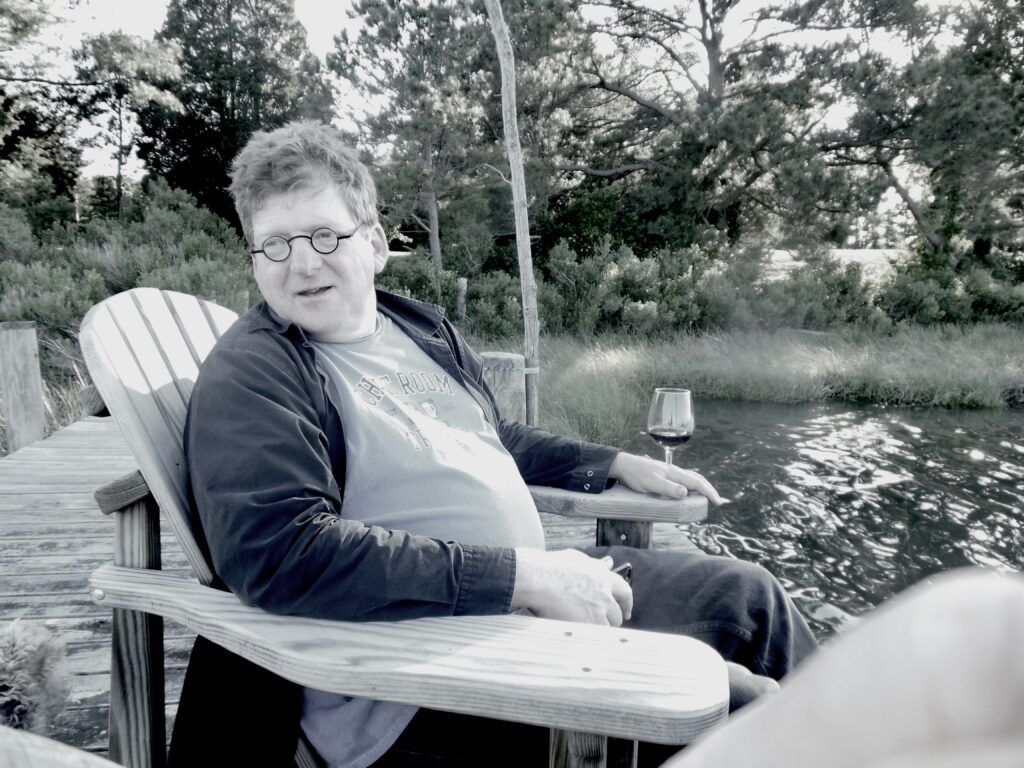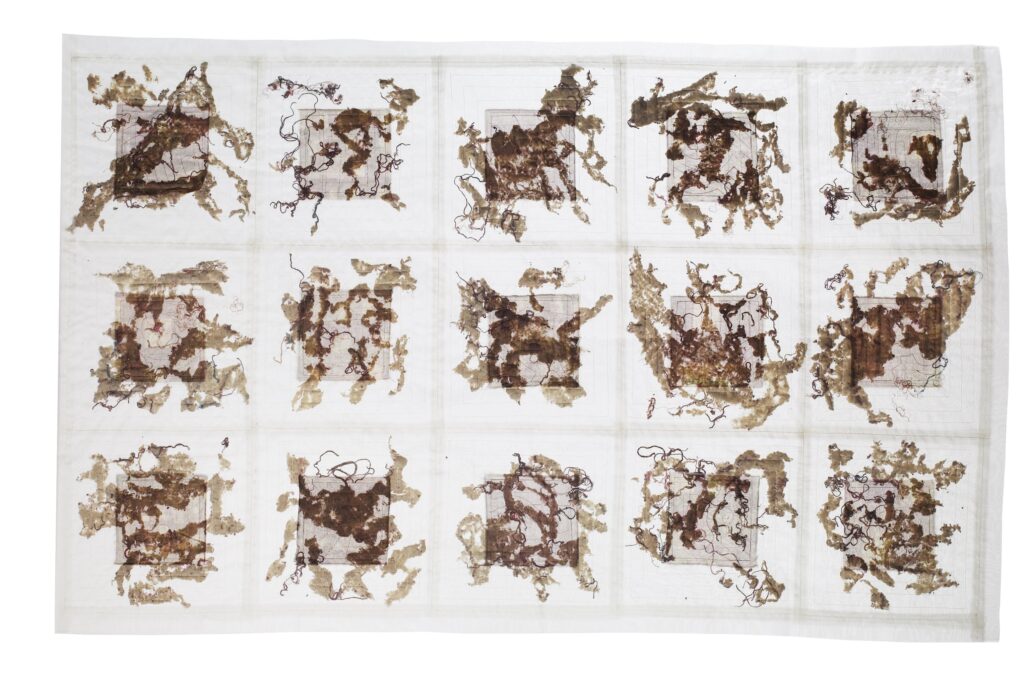A Tribute to the Remarkable Bernard L. Herman

Bernard L. Herman’s dazzling mind runs through this issue of The Magazine ANTIQUES. A renowned scholar in the fields of art history, American studies, material culture, southern culture studies, and folklore and folklife, his genius showed in the zeal and level of inquiry he applied to the wide range of subjects he tackled: from vernacular mid-Atlantic architecture, to outsider art, to southern foodways. He found compartmentalization of these unnecessary, easily drawing connections between seemingly disparate topics. His disregard for “high/low” dichotomies made his work refreshingly exciting and unique. He lent scholarly clout to artists, artisans, and traditions previously ignored by the academy. He opened a world of possibilities to his many students, myself included.
As my graduate school advisor, mentor, and most importantly friend, Bernie taught me to think and to question labels, boundaries, and institutionally held aesthetic and conceptual hierarchies. And, his role in these pages extends far beyond me: he taught or worked with so many of the “folks” (his word!) whose ideas grace this volume.
When he passed away in December 2024, he left a colossal void for his family and friends as well as a tremendous legacy of incredible publications and grateful students whose lives are materially better (and more interesting) because of him. I could continue to pay tribute to his brilliance and his ability to see the world from the most wonderful angles, but I’d much rather share his words.
As this issue took shape, Bernie felt increasingly absent. With the blessing of his brilliant wife, Becky, we’ve remedied that. Presented here is an excerpt from the introduction of one of Bernie’s final, as yet unpublished, projects, provisionally titled Troublesome Things in the Borderlands of Contemporary Art. The book considers artists Charles Benefiel, Dennis Callwood, Thornton Dial, Ellen Kochansky, and Malcolm McKesson, who operate as “fringe dwellers of contemporary art” and who employ folk, craft, and unconventional art-making strategies to create remarkable works.
As Bernie notes—and so often demonstrated—those borders are where the electric things happen.
—CZ

Using sheer fabrics, Ellen Kochansky constructs quilt-like works as hanging sculptures and folded artist’s books that call attention to the structure of things normally hidden from view. Her Ghost Quilt consists of a translucent and white front and back stitched in a Log Cabin pattern. The interior batting consists of salvaged scraps from an African American quilt with a southern plantation his- tory. In this work, Kochansky makes the “hidden” suggestively visible in ways that heighten our understanding of people and things often omitted from the historical record. In the same gesture, Kochansky’s works also pose two additional prob- lems in the contexts of contemporary art. First, her choice of medium evokes what I think of as the four damnations of the quilt: associations with craft, domesticity, women’s work, and utility. Second, her transparent works speak to how objects and ideas cycle through the creative imagination in a process that constantly reframes how we see the present. – B.H.
Borderlands are the places that map both edge and threshold. The border is a place of exchange, between two iterations of belonging. The border is a place of checkpoints and guards—and yet a place that is porous and the site of smuggling and contraband. It is where tariffs are levied and passports are checked and stamped. It is the place where expressions of integrity are most hotly articulated and vigorously defended. Borders are simultaneously visible and invisible.
They are like the intertidal world where land and sea overlap, never entirely separated and never entirely merged—a place where the properties of one place or the other are forever in flux—and where some species of being flourish in the interstices that borders always entail.
Borders, in all their infinite iterations, are the places where we encounter the troublesome things that test the limits of [established norms]. Troublesome things are restless and provoking. They disturb the sleep of convention and complacency. They unsettle reified ideologies in the affective moment of encounter. All things are potentially troublesome things depending on the situation and context of their encounter.
Troublesome things make borders visible in vivid ways. Borders rely on troublesome things as arguments for their necessity. In search of troublesome things, it is always best to visit the borderlands—we will know when we arrive by the presence of things that do not conform, do not fit, occupy the frontier.
—Bernard L. Herman

